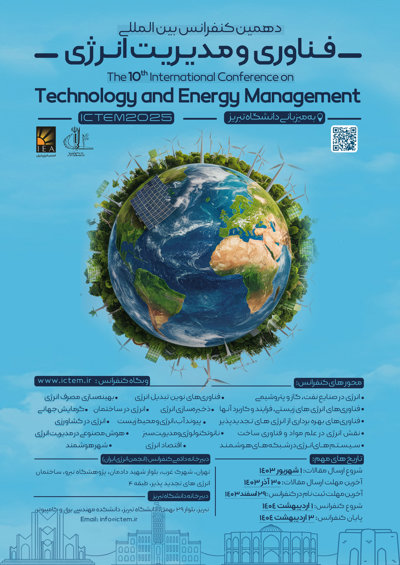0% Complete

نویسندگان :
کلمات کلیدی :
چکیده :
لیست مقالات بایگانی شده
Majid Ahmadi - Farzad Shirmohammadi - Alireza Khadem Emamzadeh - Zahra Mokhtari - Fatemeh Yadang zavareh - Yousef Akbarinia
Alireza Ghadertootoonchi - Armaghan Solaimanian - Hossein Khajehpour
Behnam Karimsarmadi - Ahad Babaei borkabad - Seyedjalal Seyedshenava - Armin Dolatnia
Pourya Nemati Shizari - Arash Kamran Pirzaman - Afshin Dehghani Kiadehi - Hassan Abedini
Navid Dehghan - Mohammad Hossein Shaabani - Mohammad Hossein Nemati - Gevork Gharehpetian - Behrooz Vahidi
عسگر مینایی - محمد غنی زاده
Mohamad Hossein Razlansary - Mohammad Zabetian taraghi - Mohammad mehdi Heyhat - Mohsen Mashhadi keshtiban
Pooya Parvizi - Alireza Mohammadi amidi - Milad Jalilian - Hana Parvizi



